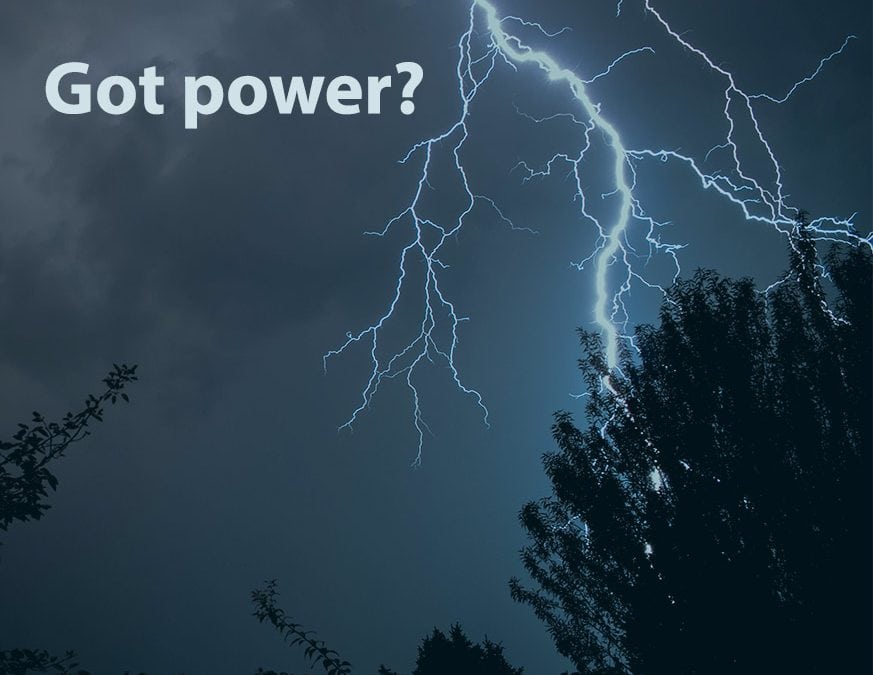Teresa Crumpton

Remember being in fifth grade? Imagine yourself at a birthday party, sitting in a circle with your buds and playing a rousing game of Telephone. One kid whispers a message to the kid beside him, and she passes it to the next kid—all the way around the circle. By the time it gets back to the origin, the message is bent and bloated—except for the last word. The last word in the message is the one everyone can remember.
This is a great tip for a writer. We remember the last word.
Another Example
Once when I was in second grade, my dad sent me to the party store [he called it the beer store] to get three things. He warned me not to forget. All the way there, I dutifully recited: “bread, butter, Lucky Strikes; bread and butter and Lucky Strikes.” It had rhythm. “Bread and butter and Lucky Strikes.”
When I returned, the triumphant seven-year-old shopper, I delivered bread and butter and Lucky Strikes.
We’ll skip dad’s over-colorful dialog and make do with some narrative summary. At an impressive volume, he reminded me that he’d sent me for bread and a newspaper and Lucky Strikes (which doesn’t have nearly as pleasant a cadence). I remembered the Lucky Strikes, and I remembered bread. And what goes with bread—butter, of course. The point of this thrilling historical drama is that we human beings tend to best remember the last word in the sentence, in the paragraph, in the scene, in the chapter, in the book.
The word next to the period is the in the power position. It carries the most verbal punch.
And we writers are no fools; we know how to use this human trait to our advantage. Furthermore (this sentence is going to mention English teachers, and English teachers like words like furthermore) our beloved English teachers have named this power-position effect: periodic placement. Periodic placement sounds snooty. But it’s pure power. It’s easy-to-create power. It’s two-pronged power.
Two ways to implement periodic placement include:
- Next to the period, put the most powerful word.
- Next to the period, put the point of the sentence.
Here are two sentences from a particularly fun middle-grade novel by Isabel O’Hagin:
Original Sentence: “Maricela thought of the first time she saw the dumb graffiti scrawled all over the highway viaduct and the neighborhood.”
To wield my trusty periodic placement weapon, I ask two questions:
- What is the point of the sentence?
- The impact of seeing the dumb graffiti on the viaduct.
- What is the most powerful word of the sentence?
- Graffiti scrawled is the most vivid image.
So we can rearrange this sentence to read:
“Maricela thought of the first time she saw the neighborhood and the highway viaduct covered with dumb graffiti scrawls.”
The words we eliminate are: all, over, the, and, and the.
Original sentence: “I bet they’d be sorry if something bad happened to me.”
- What is the point of the sentence?
- That the parents would be sorry.
- What is the most powerful word of the sentence?
- Sorry.
So the sentence can be rewritten:
“If something bad happened to me, they’d be sorry.” (This order is also dictated by the guideline: cause goes before effect.)
This is a pretty mild example. As I come across more samples, I’ll update this document. It’s especially fun to add power to a whole paragraph by placing the power word next to the period of the last sentence in the paragraph. This is one technique that can’t be overdone. There are situations where rearranging the sentence would make it awkward, and of course, we don’t go there, but there’s no worry about too much periodic placement like there would be with too many metaphors or too much alliteration or too much repetition.

Your mission, should you choose to accept it is:
Select any page of your work in process.
Go through and highlight all the vivid images, active verbs, and strong attitudes.
In each sentence and paragraph, identify the most powerful word. Rewrite to get those power words next to the periods. I’d love to see some before-and-after examples.

Recent Comments